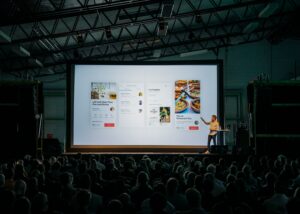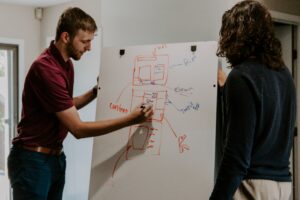
3D Design integration is an interesting concept for educators to integrate into their lesson plans. By implementing some sort of 3D Design, they are able to showcase more to see instead of when they are showing just a 2D visual.
I think that Third-dimensional designing is an effective way to showcase a certain topic. As stated by the Temporal Contiguity principle, people learn best when corresponding words and visuals are presented together. This means that preparing a 3D Design and having the design present while you teach gives the audience something to relate to while the educator teaches their lesson.
Another principle that can be used is the modality principle. This states that people learn best from visuals and spoken words rather than visuals and printed words. This simply means that if there are visuals accompanied by too much text, the learner will become overwhelmed. By relying more on visuals, and keeping it to key terms, steps, or directions, learners can learn more from the visuals present.





Recent Comments